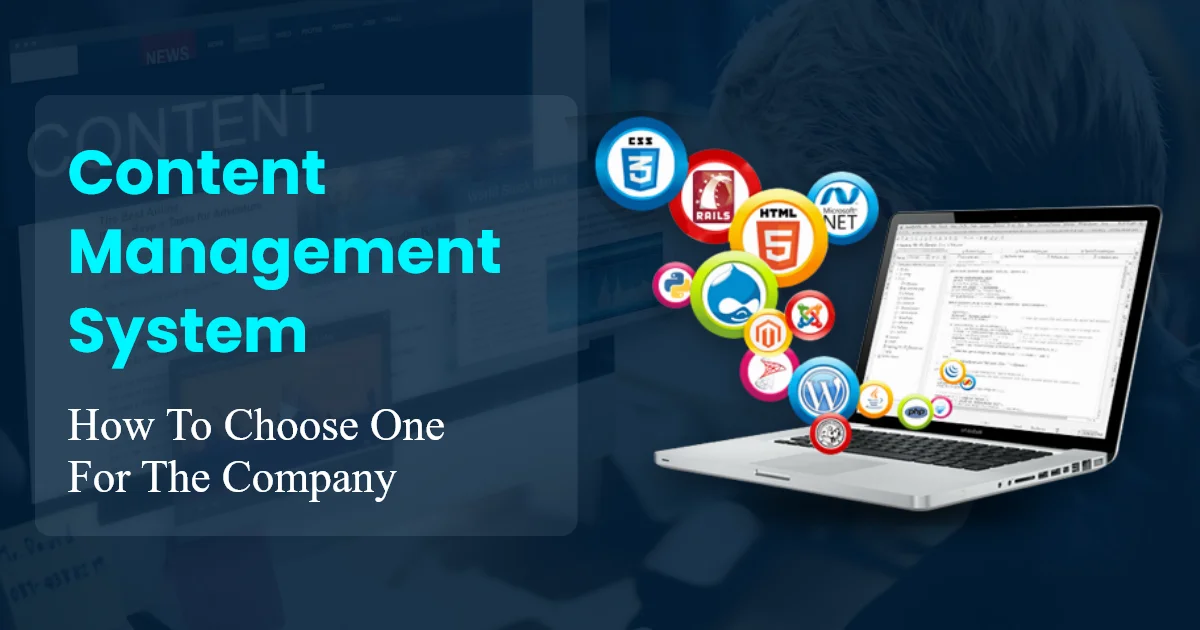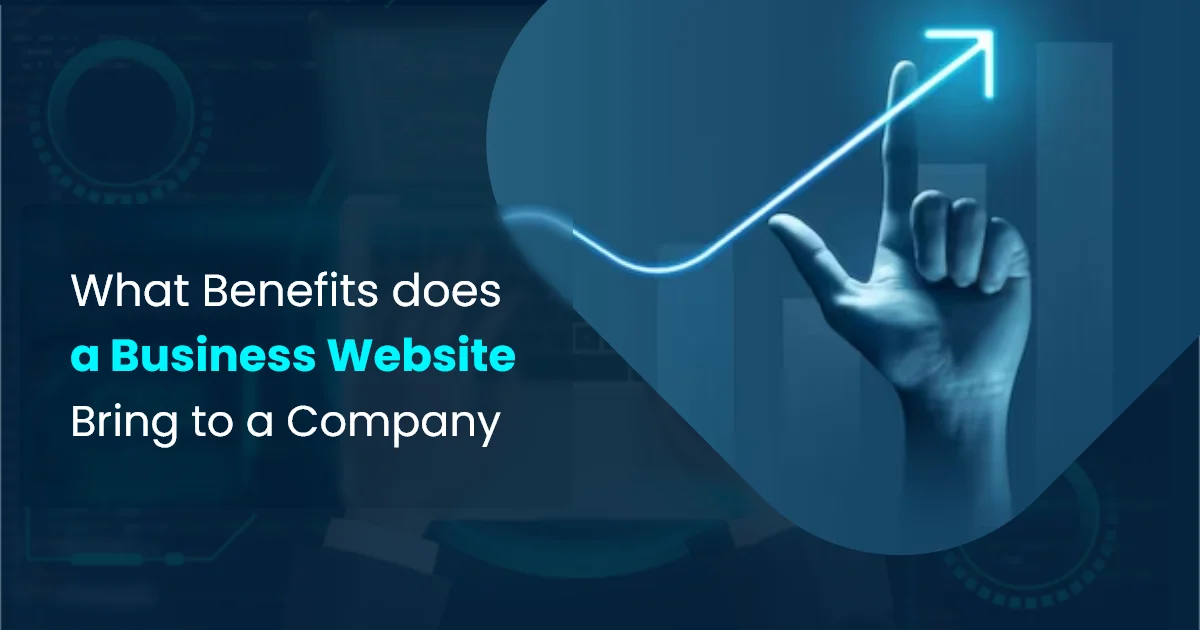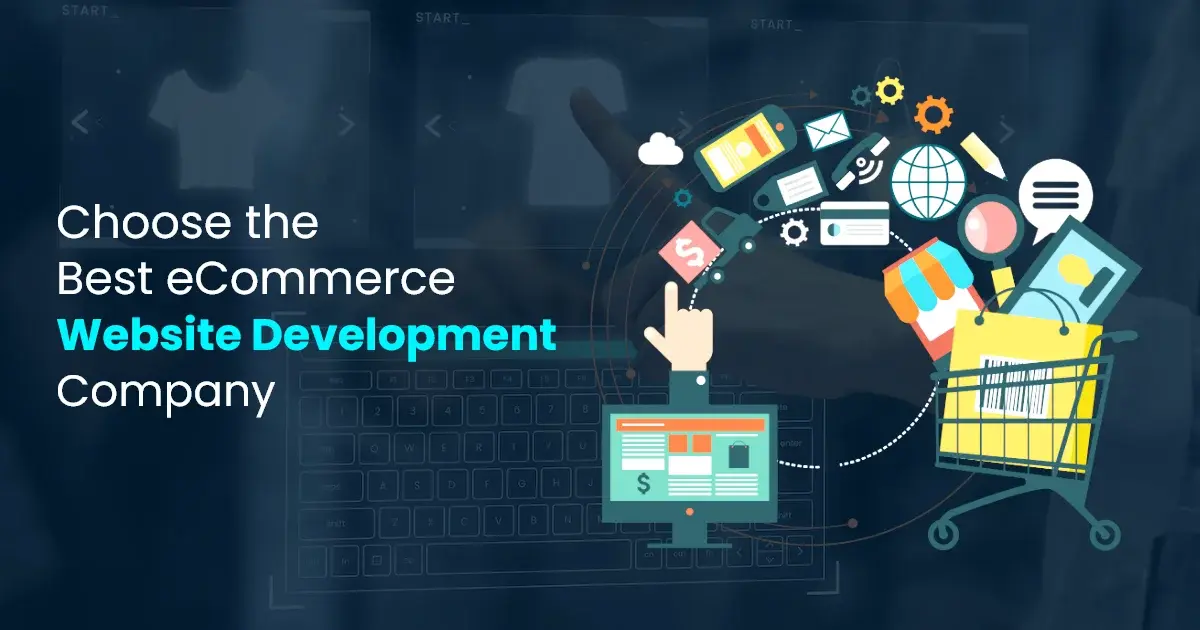A content management system (CMS) is a computer program that helps you manage your organization’s digital assets, such as your website content.
A CMS can be used independently or in conjunction with other business applications. You can set it up on your network, use a web-based option, or install the program on your devices locally.
Categories of content management systems
Different types of content management systems exist to handle different sorts of content.
CMS is divided into several groups:
- web content management systems
- enterprise content management systems
- mobile content management systems
- digital asset management systems
- media asset management systems
- document and records management systems
- component content management systems
What are web content management systems?
A web content management system is a software tool that lets you create, manage, and publish online content without knowing the code.
A web content management system usually has two components:
- A content management application with a user-friendly interface for non-technical people to add, manage, and delete web content
- A content delivery application with back-end functionality for content delivery to the website
How does a web content management system work?
A web content management system (CMS) allows you to access your website’s database using a simple, graphical user interface, which is commonly accessed through a web browser. You can use this interface to access a variety of content management tools to assist you:
- Create and publish new pages, or make modifications to existing content and pages, or completely erase them.
- To manage the layout of your pages, use pre-set categories, themes, or templates.
- Ensure that your material is presented consistently across the whole website.
- Manage your website’s structure and navigation, including menus and sitemaps.
- Keep track of authorship permissions and editorial workflows.
- Use your database to store and retrieve various forms of content, such as text, photos, podcasts, and videos.
Larger companies may require additional CMS features like multi-site or multi-lingual support. Take a look at some of the most important CMS features and services.
Your CMS should be tailored to your specific company requirements and capable of handling the many sorts of content you’ll be managing, such as text, audio, video, social network feeds, and so on. Learn how to select the finest CMS for your company.
What are enterprise content management systems?
Documents and other content related to an organization’s processes are often stored in enterprise content management systems. They frequently incorporate services like web content management, document and records management, workflow and collaboration tools, and so on.
Different types of content management systems
A CMS aids in comprehending the variations between the many types, their features and functions, and price structures. As a result, selecting one for your company is advantageous.
Types and examples of content management systems:
Open source, proprietary, and Software-as-a-Service CMS, which includes cloud-based solutions, are the three main forms of CMS software.
Open-source CMS
Open-source CMS software is available for free to download. There are no contracts, license fees, or upgrading fees.
However, you may have to pay for the following items if you use an open-source CMS:
- Technical assistance during installation and setup.
- Customization to enhance the software’s functionality beyond the core offering.
- Suitable templates, add-ons, and plugins.
- Staff training.
- Software support, including regular updates.
The following are some of the most extensively used open-source CMS platforms:
- WordPress
- Joomla
- Drupal
- Magento
- PrestaShop
On a web server, you can install and operate open-source CMS. There are numerous customizations available to satisfy various business demands, such as e-commerce plugins, tools to assist you in optimizing content for search engines, and the ability to personalize your design themes and layouts.
Proprietary CMS
A single business develops and manages proprietary or commercial CMS software. Using a CMS like this usually entails:
- purchasing a license fee for using the program.
- paying a monthly or annual price for updates or support.
- Additional fees for customization and updates, as well as training and continuing technical or user support, may be required.
The following are some examples of popular CMS solutions:
- Kentico
- Microsoft SharePoint
- IBM Enterprise Content Management
- Pulse CMS
- Sitecore
- Shopify
Although customizing proprietary CMS with built-in functionality is normally possible, it may come at a cost. Be aware that integrating a proprietary CMS with an existing website or back-end system may involve further development.
If you’re building a new website, it’s ideal to go with a CMS that includes all of the necessary features and functionalities to satisfy your present and future business demands.
Software as a Service (SaaS) CMS
Web content management software, web hosting, and technical support are generally included within SaaS CMS packages. These are cloud-based virtual solutions that are paid for per user or site.
In most cases, the price includes:
- the amount of data transferred.
- storage for your content and data.
- continuing assistance.
Cloud content management systems are divided into two categories:
- ‘Fully cloud’ CMS: It is frequently included in a package or service. Because these are usually proprietary systems under the control of the seller, it isn’t always possible to tailor their functionality to fit your needs.
- ‘Partial cloud’ CMS: It’s on the cloud web server you’re using. It gives you more flexibility because you can enhance the functionality using add-on modules or by editing the source code.
Small and medium-sized organizations can gain a lot from cloud CMS. Consider:
- Costs are often minimal – a one-time setup fee usually covers the basics.
- The SaaS provider handles the upgrades, maintenance, and technical concerns.
- Any computer, laptop, or smartphone with an internet connection can run the software.
- Software and feature updates are accessible in real time.
- Packages are highly scalable; as your needs vary, you can add more sites or users.
Choose the best CMS for your business
It’s difficult to choose a content management system for the company. It involves a detailed analysis of features, prices, scalability, integration, and all your company’s requirements.
Most companies start the decision process by ensuring that they have a thorough awareness of their company’s current and future needs, as well as its content management processes. Create a precise list of requirements for the CMS and select what you can and can’t go without from the start.
Using the MoSCoW technique to prioritize your CMS requirements is an excellent idea:
- Must have features you can’t work without.
- Should have features you consider significant but not time-sensitive.
- Could have features you desire but aren’t necessary for performance.
- Would have features that seem nice but are not required at this time.
This method of prioritizing features will provide you with a requirement matrix against which you can compare and contrast different solutions and their functionality.
Remember to communicate with every team within your company to understand their needs and organizational requirements. Consider:
- IT team may require a CMS that is compatible with the current infrastructure stack.
- The sales team could seek CRM or integrate e-payment systems.
- The marketing team might be looking for automation or digital marketing tools.
Make sure the platform you chose is suited for e-commerce if you plan to sell products or services from your website. Take a look at some of the most important CMS features and services.
Some of the most important considerations when selecting a new CMS are:
- ease of use
- Technical knowledge to use the CMS
- type of platform i.e. open-source, proprietary, or cloud
- brilliant features and capabilities
- customization: adding new features and functionality
- third-party integration with CRM or e-commerce platform
- scalability
- responsiveness
- ease of deployment
- design flexibility
- security
- support of communities, forums, user support, etc.
When selecting a CMS, you must also evaluate your budget and licensing options. Some platforms are free to use, while others demand payment. Be realistic about both the initial and recurring expenses, such as license renewals, hosting, and future development.
Every project is unique, but the considerations outlined above should help you limit down your options to select a handful that meets your specific business needs. Before making a final decision, view a demo, speak with current users, and try out the product.
The procedure of selecting a CMS provider is comparable to that of selecting any other IT provider. You need to work with someone you can trust and who will be there for you every step of the way. You’ll also need a CMS provider who can meet your needs at a reasonable price.





